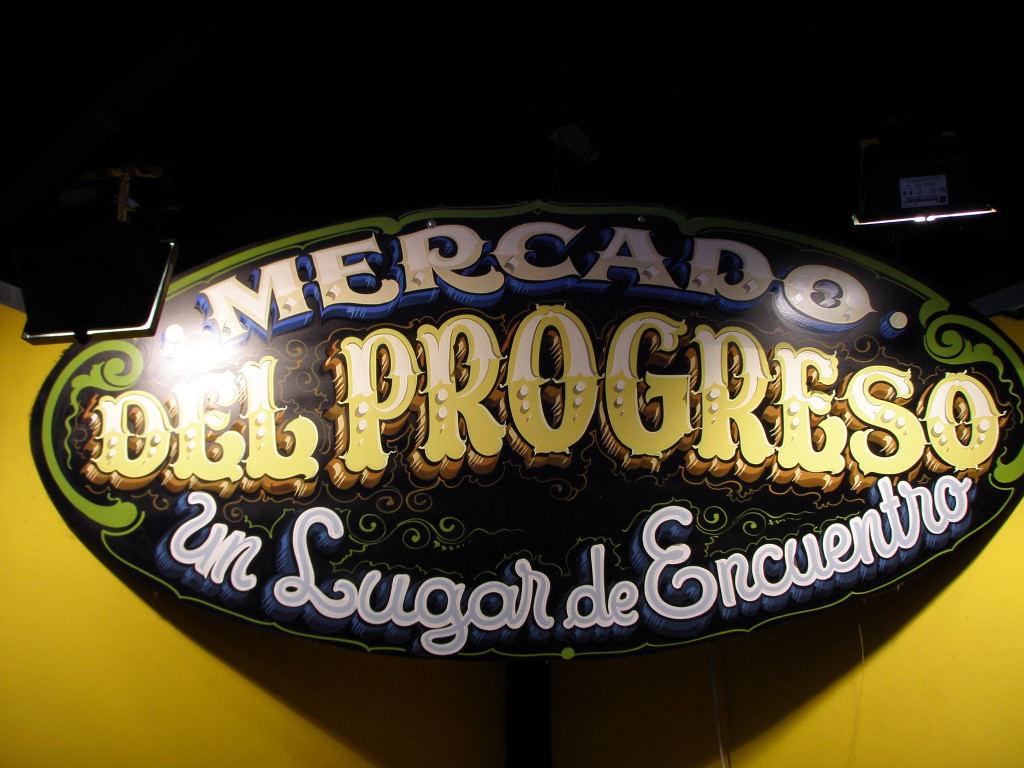NEWS
October 9, 2007
A lot can change in two hundred years. The Plaza de Mayo, then the Plaza Mayor, was a different place – the central gathering point for a small city – surrounded by a customs house, post office, church, and fortress, lined up with rows of merchants from the west, with their covered wagons. Butchers, bakers, well… candlestick makers… all in town, gathering to sell their wares to the local populace. Not far away, in what is now the Plaza del Congreso, gathered the merchants of the north, forming the Mercado Indio, and, no surprise, another locale was set aside for those in town from the south, in what is now Plaza del Constitución. But that was all to change… By the mid-1800s, various decrees ended up banishing the merchants from any plaza designated as public use, and a new system had to be found for offering food, straight from the farms and ranches, to restock the local larders.
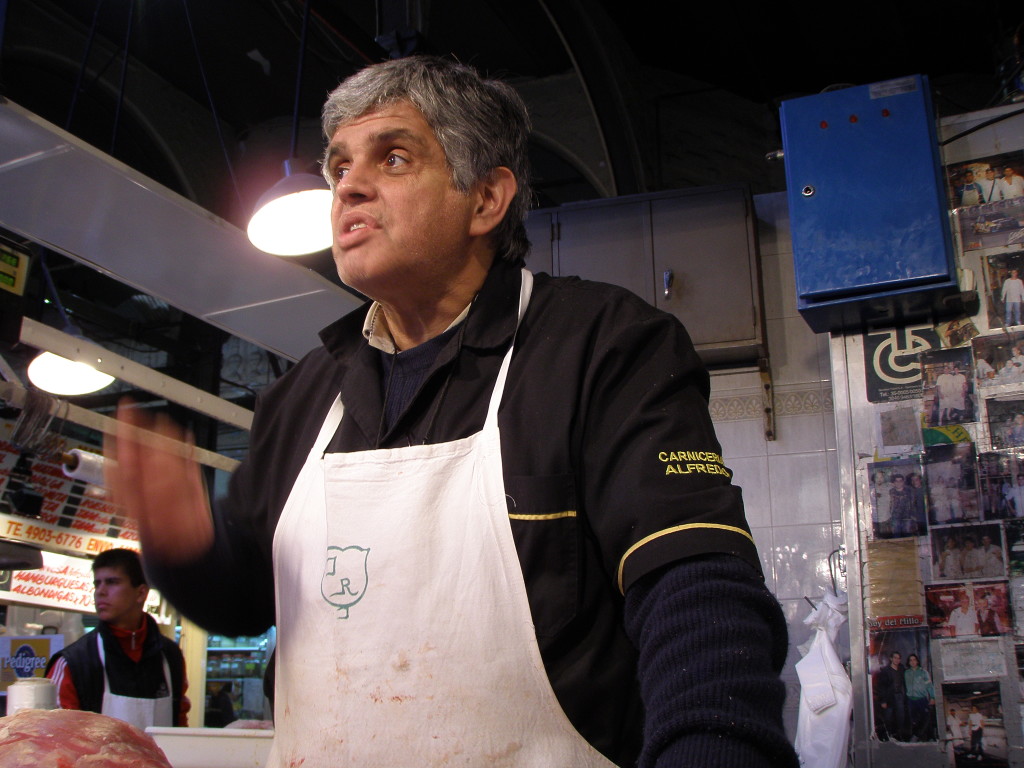
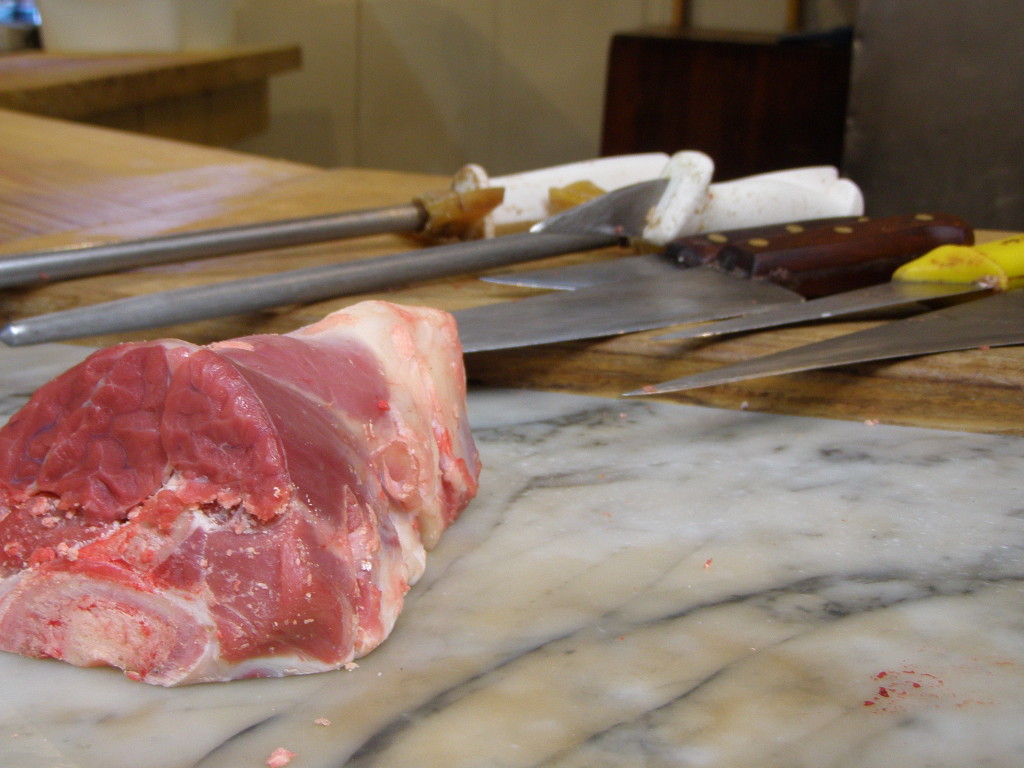
The first step was the creation of a Mercado authority, which then moved the three principal markets to indoor locations, providing each merchant with a small stand from which to sell his wares – a trio of buildings all near to the Plaza de Mayo, the Mercados “del Centro”, “Lorea”, and “del Plata”. From there, and as the city grew in size, the new system spread outwards, and by the end of the century, there were 21 official indoor markets operating in various parts of the city. A few of those still remain, the one most commonly seen by visitors probably being the Mercado de San Telmo, which still houses a number of food vendors, but has mostly been taken over by antique and junk dealers. Another easy to find, and smaller example, is the Mercado de San Cristobal, just off the corner of Córdoba and Callao.
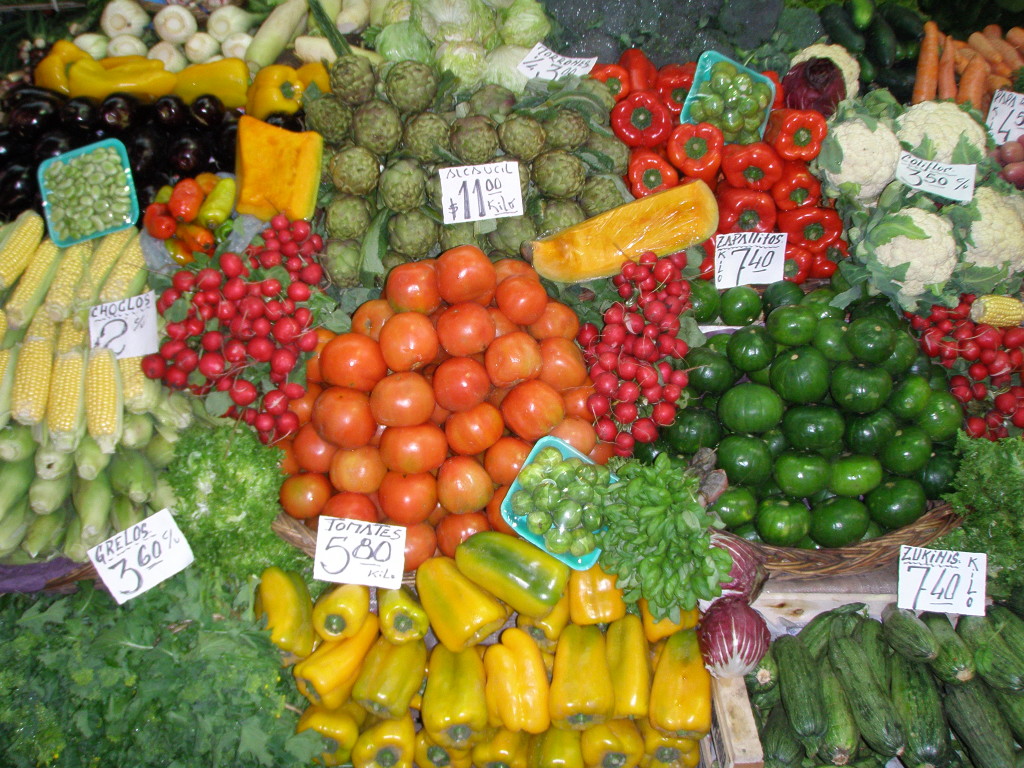
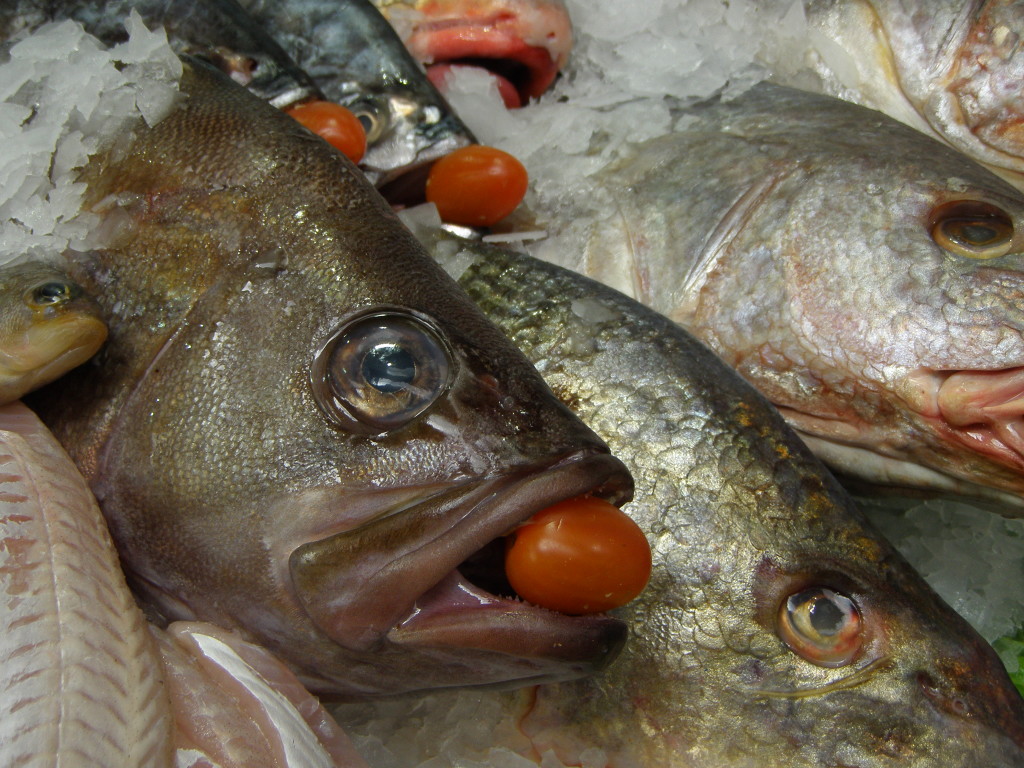 But the true market aficionado will want to “take the A-train” to its last stop in the barrio of Caballito, where the last remaining fully operational and full sized mercado, the Mercado del Progreso (Av. Rivadavia 5430), opened “at five in the afternoon on the 9th of November, 1889” and other than a revamp in 1894 and a full renovation in 1957 – which included providing every market stand with a running water supply and electricity – has been up and running ever since. True, small encroachments are happening along its sides – what were once integral cafes, meeting spots, and offices have been converted to small shops and restaurants, no longer part of the Mercado itself; and yes, over there is a stand that’s offering up blank CD and DVD discs; but the heart of the market remains true – food. Vegetable stands, fruit stands – all selling produce direct from the farm are dotted throughout the block square edifice. The mainstays are the butchers – each with their own specialty, be it beef, or veal, pork, or chicken and rabbits, even a couple of fishmongers. Here they gather, and here shop the local populace, much as they did nearly 120 years ago – haggling over prices, discussing preparation tips, meeting neighbors to chat – and most importantly, keeping a two century old tradition alive in the heart of Buenos Aires.
But the true market aficionado will want to “take the A-train” to its last stop in the barrio of Caballito, where the last remaining fully operational and full sized mercado, the Mercado del Progreso (Av. Rivadavia 5430), opened “at five in the afternoon on the 9th of November, 1889” and other than a revamp in 1894 and a full renovation in 1957 – which included providing every market stand with a running water supply and electricity – has been up and running ever since. True, small encroachments are happening along its sides – what were once integral cafes, meeting spots, and offices have been converted to small shops and restaurants, no longer part of the Mercado itself; and yes, over there is a stand that’s offering up blank CD and DVD discs; but the heart of the market remains true – food. Vegetable stands, fruit stands – all selling produce direct from the farm are dotted throughout the block square edifice. The mainstays are the butchers – each with their own specialty, be it beef, or veal, pork, or chicken and rabbits, even a couple of fishmongers. Here they gather, and here shop the local populace, much as they did nearly 120 years ago – haggling over prices, discussing preparation tips, meeting neighbors to chat – and most importantly, keeping a two century old tradition alive in the heart of Buenos Aires.
Monday to Saturday 8 a.m. to 1 p.m. and 5 p.m. to 8:30 p.m.
Dan Perlman is a former New York based chef, sommelier, food and wine writer who now lives in Buenos Aires. For more of his scribblings on food, wine, and restaurants visit his blog at www.saltshaker.net
